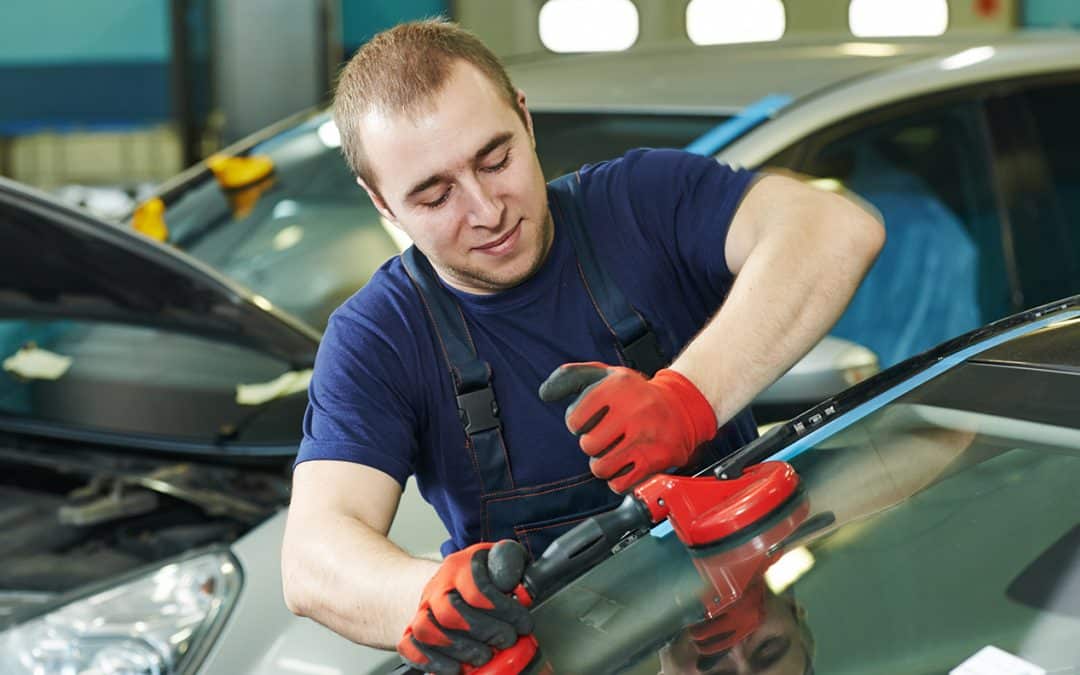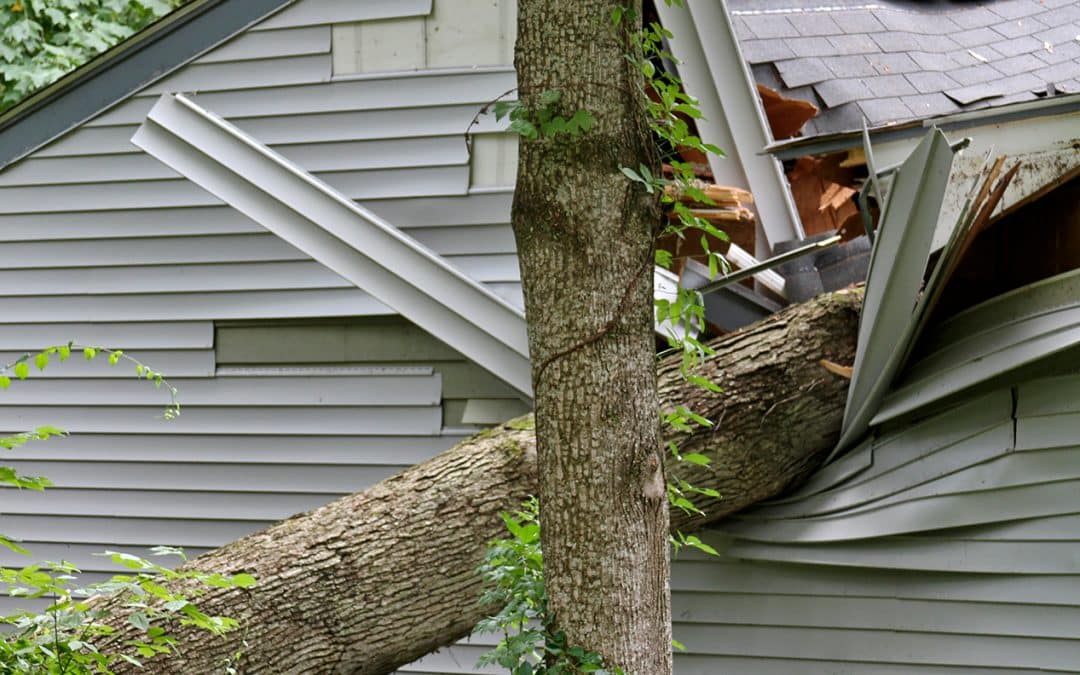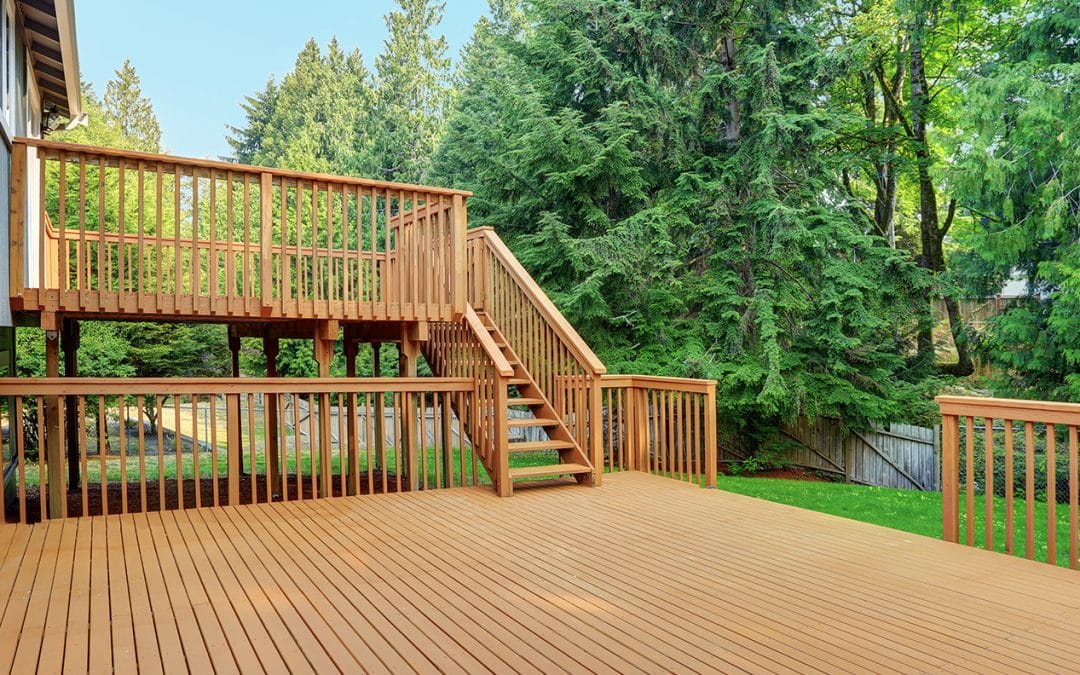Did you know a properly inflated tire will provide longer life, better steering response, fuel efficiency and a smoother ride?
A lot of important things (including yourself) are riding on you keeping those tires up to snuff and that’s why MAPFRE Insurance is showing you how simple and easy it is to check your tire pressure.
Begin by checking your tires when they are cold or a few hours after you’ve driven. This will give you the most accurate reading.
Take the cover off your tire valve stem and press the tire pressure gauge onto the valve stem of your tire. When you hear a “pssst” sound, that’s air escaping the tire. Once you press down, the air escaping should stop.
If you’re using a “pencil” style tire gauge or the type at most gas stations, the gauge will “pop” out and show a measured number in PSI. PSI stands for pounds per square inch. This number is determined by your vehicle’s manufacturer and lets you know if your tires are properly inflated.
Compare the measured PSI to the PSI found on the sticker inside the driver’s door of your vehicle or in your car’s owner manual in the “tires” section. Just be aware that the number on the car may not match the number imprinted on the side of your tire. In which case, go with the number your vehicle maker recommends.
If your PSI in your tire is too high, you can let air out until it matches. You do this by pushing in the valve to let the air out. When you hear a “pssst” sound, that’s air escaping the tire. You might have to do this a few times to get it right.
If too low, add air until it reaches the proper number. There are a couple of ways to reinflate your tires. One is to go to an auto parts store and pick up a portable air compressor. This is convenient because you can keep it in your truck to refill your tires whenever you need to.
The other option is to refill your tires at a gas station for about a buck or so. You’ll want to pull your car up close to the air compressor so the hose will reach all four tires and remove the covers from all of your valve stems ahead of time. Next, press the hose coupling down onto your valve stem. You might have to do this a few times to get it to the correct PSI.
Keeping your tires properly inflated will help keep your car driving smoothly. Don’t forget to make sure you have the correct coverage on your auto insurance in Massachusetts with MAPFRE. Get a fast, free quote today to see how much you could save!



